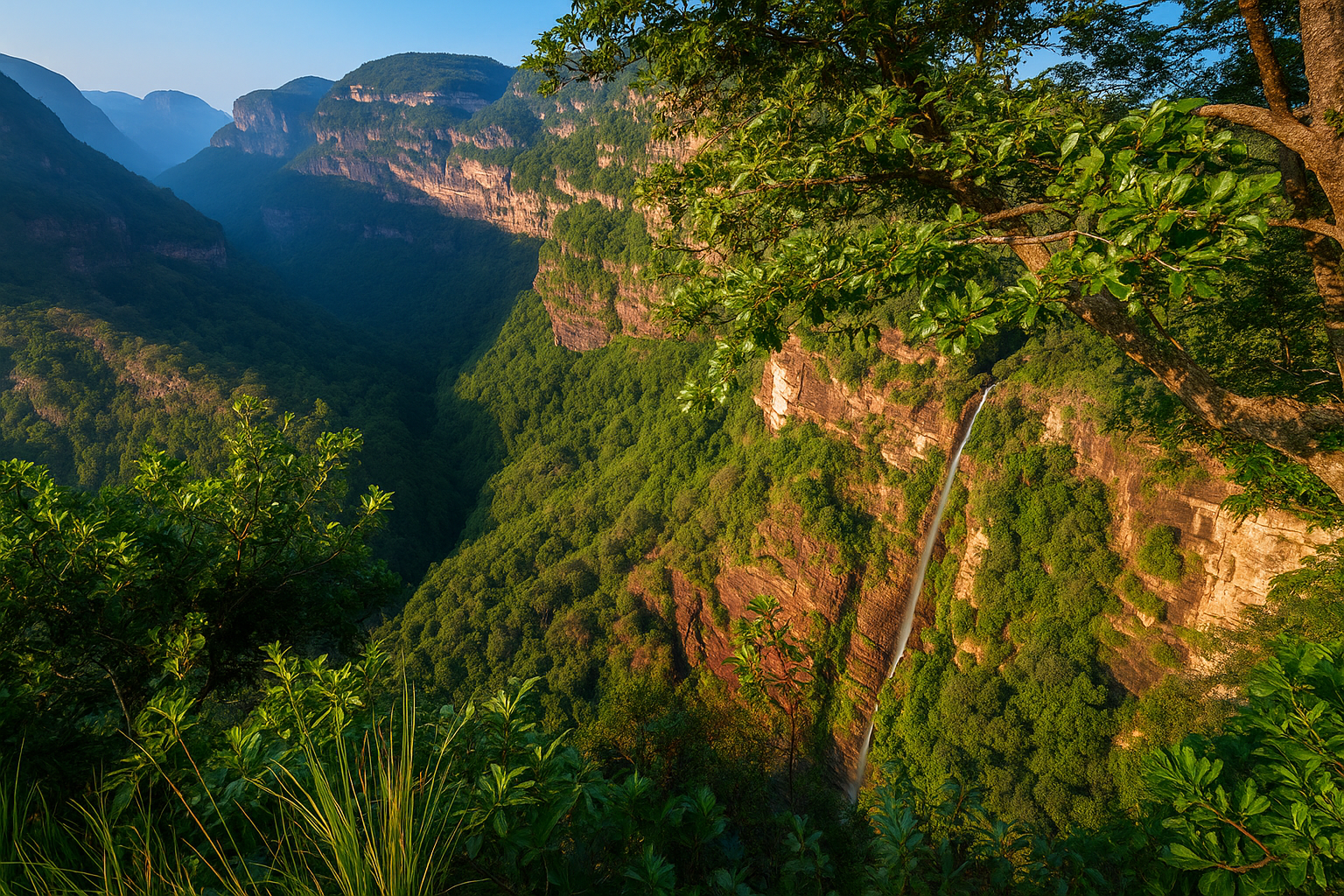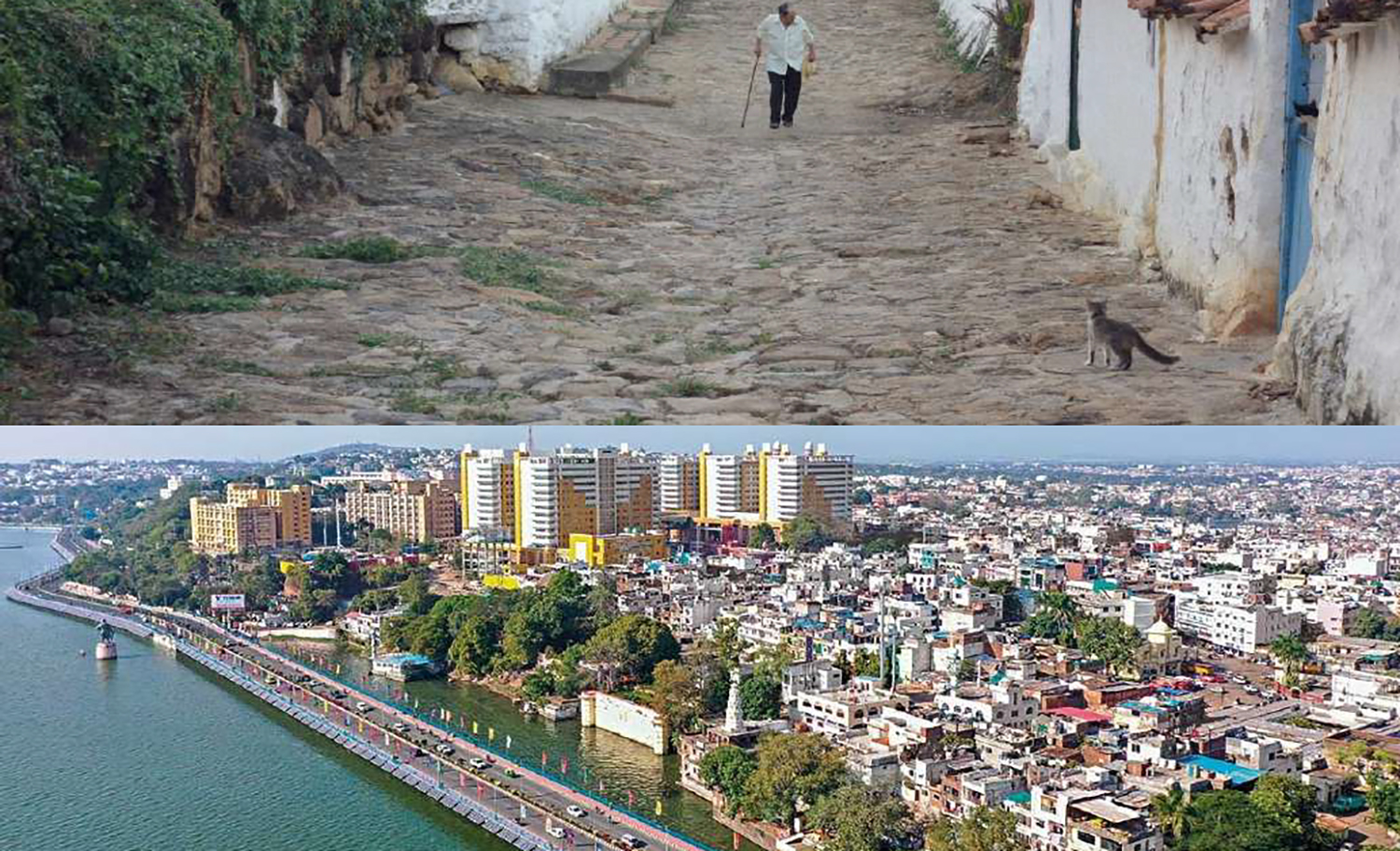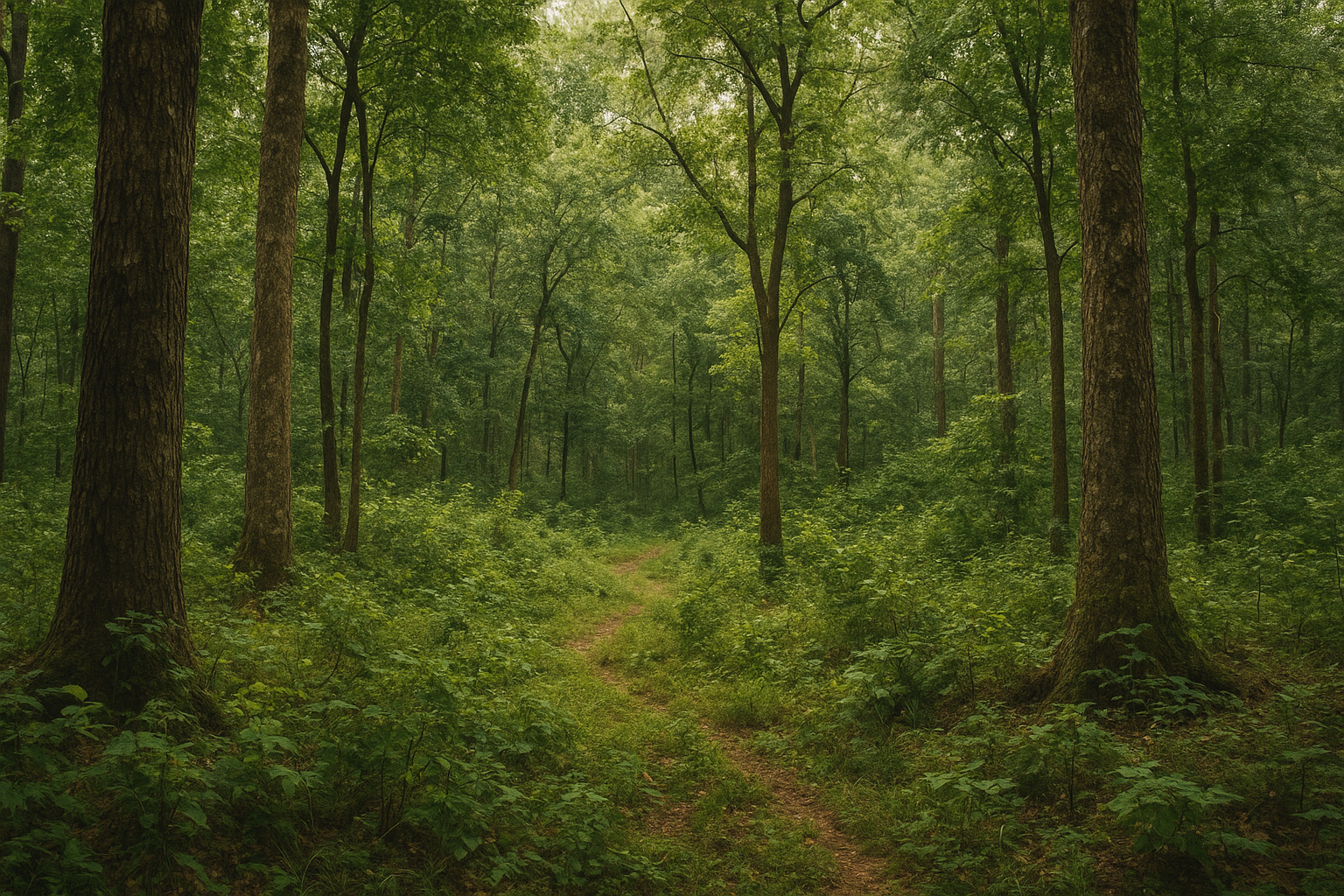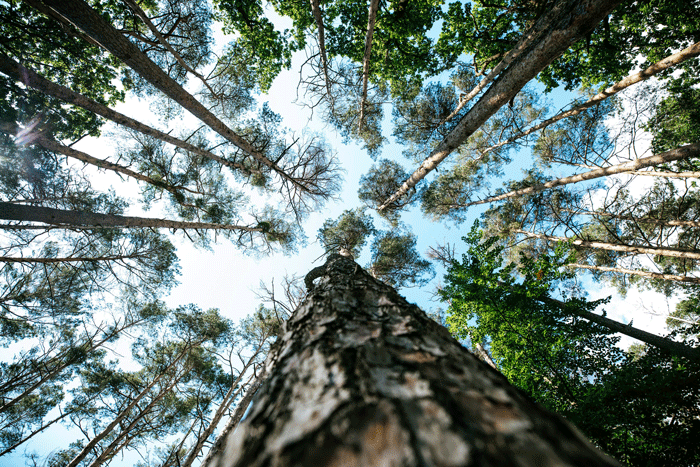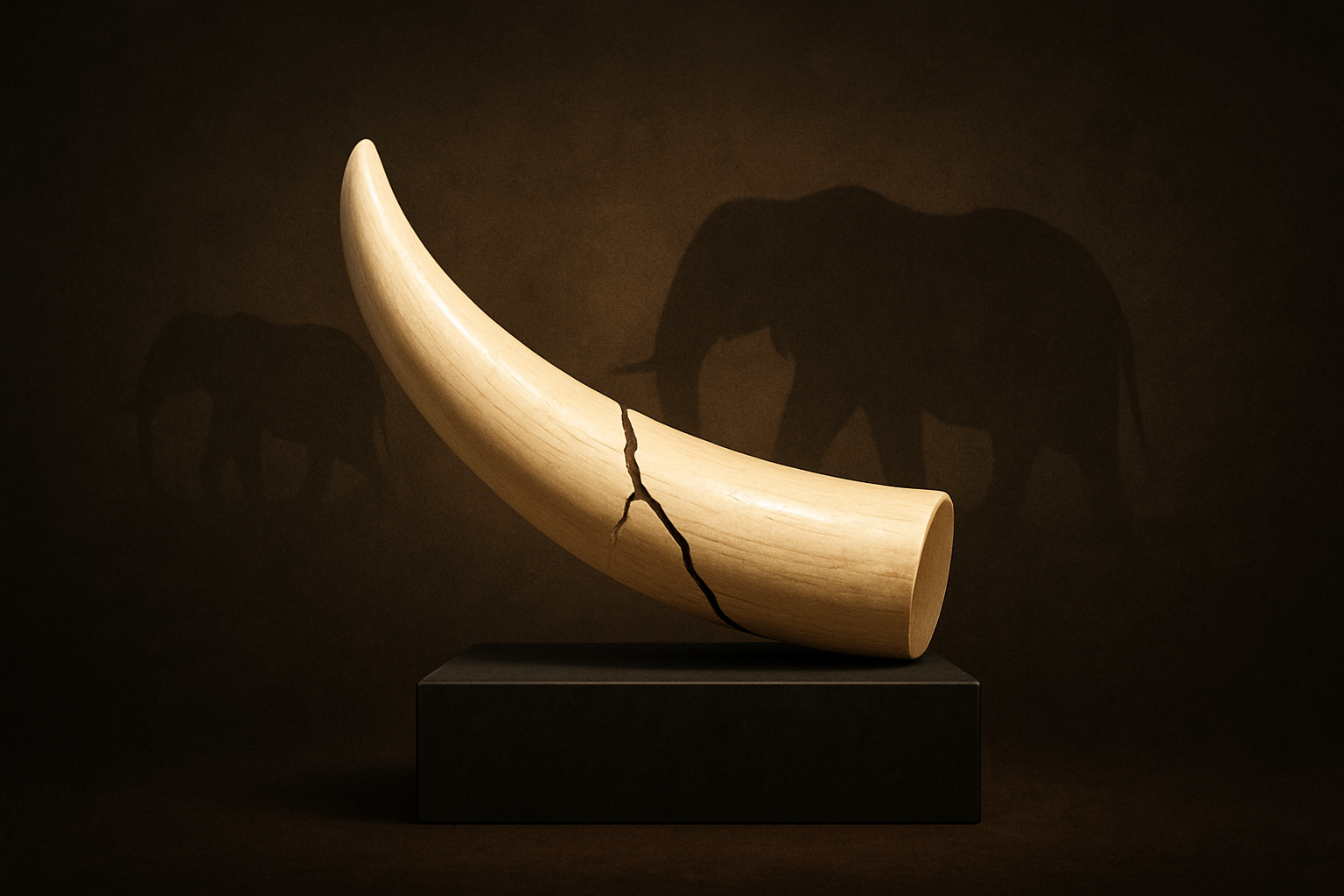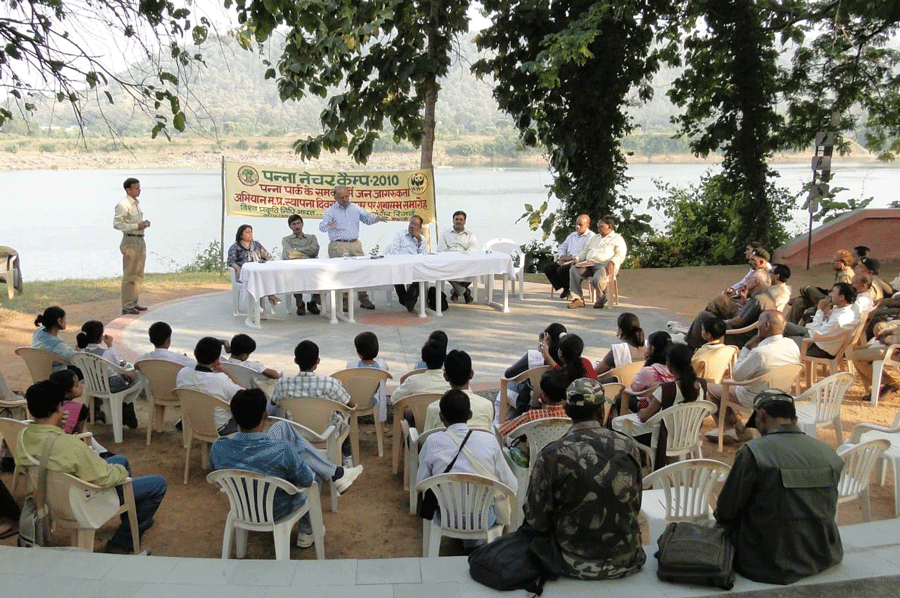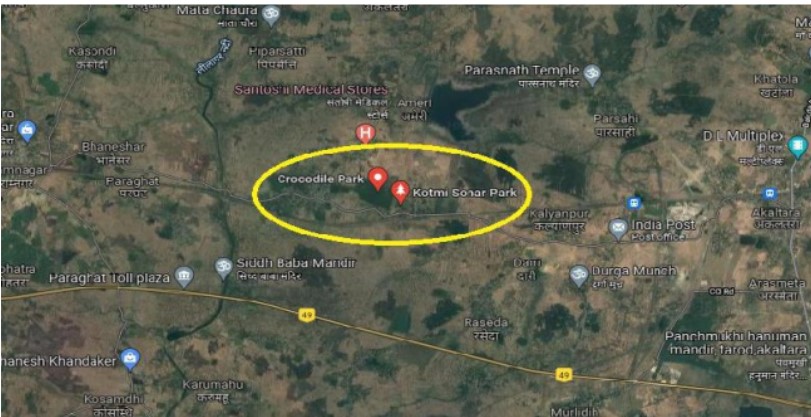Survey Report of Mugger in Kotmi Nagar Sonar Park, Janjgir Champa, Chattisgarh
Executive Summary :
KotmiSonar Par1< In Janjgir Champa district of Chhattisgarh in India was founded in the year 2006. There is a water body of 3 km periphery inside the park. It has been a safe abode for crocodile (Crocodylus palustris), for the past several years. but in the absence or any detailed studies in the past no specific data is available. Extensive study was recently undertaken to establish proper status of the mugger population density. The present study was also carried out for the status of muggers present in the area. The habitat features, pond profile, activities of tourists data were also collected. A total of 168 Mugger (88 adults, 39 sub adults, 27 Juveniles, 12 Yearlings and 02 Hatchlings) occur in the Crocodile park were also sighted. Some recommendations have been suggested on the basis of observations during the present survey. The survey results provide baseline information which would assist in developing conservation and management action plan for the park.
Acknowledgement :
I(RKS) express my deep sense of gratitude to Shri. Jagdishan, Conservator of Forest. Circle Bilaspur for his survey initiative and support Without his support this survey wouldn’t have been completed and thanks to Madam Premlata Yadav, Divisional Forest Officer, Janjgir-Champa, for inviting me to carry out the survey work. I express my sincere thanks for the support and active participation of Shri Sanchit Sharma (Assistant Conservator of Forest). for his sustained interest and logistics support and encouragement at every step during the survey also thankful to Shri Anlmesh Singh, Range officer and frontline forest staff for their assistance during the survey. I am also thankful to my survey team members and Dr. Sanjay Parashar, Mr.Suyash Jagat for active participation the survey. I am grateful to Dr.LAK Singh, former Officer-in-Charge of the Central Crocodile Breeding and Management Training Institute, Hyderabad. for providing me with training materials and advising me from time to time. Lastly, I would also Thank Shri. B.C. Choudhary. Retd. Senior Scientific Officer, Wll Dehradun, for his valuable suggestions and encouragement for this work.
Background As per the instructions of Divisional Forest Officer. Janjgir-Champa Chhattisgarh, letter no. I expenditure I 01/ 8001 / 2021/ Champal dated 29-11-2021,a survey of mugger in Crocodile Park. Kotmi Sonar was carried out from in December 2021.
Introduction :
Kotmi Sonar Park in Janjgir Champa district of Chhattisgarh in India was founded in year 2006.and finally established as a Crocodile Park for tourists in 2008.The Park provides 57 hectare of total area (Fig 1). Although, there have been reports for occurrence of muggers in Kotmi Sonar Crocodile Park, however no systematic survey has been conducted in this area, so far.
GPS Co-ordinates of Kotmi Sonar Crocodile Park
| Area Covered | GPS Co-ordinates |
| Location 1 | 22.0304008 N, 82.3533580 E |
| Location 2 | 22.0317012 N, 82.3569482 E |
| Location 3 | 22.0281913 N, 82.3587127 E |
| Location 4 | 22.0270799 N, 82.3559383 E |
Methodology :
To achieve the objectives of the present survey following methods have been used :
The survey was conducted during December 2021 over a period of 4 days,covering total stretch of KotmiSonar Park. A comprehensive study was carried out for identification of different size group of mugger and it’s habitats. The team along with various support staff travelled by foot from 9:00 AM to 4:00 PMeach day.Data sheets were prepared to record field observations. discussions were held with local people and park staff to get information on the presence of muggersin the study area.
Field binoculars (NikonAculon A211 10- 22×50) were used as opticalaids employing the scientific method of observation. The population of Mugger was estimated by direct sighting method for different age groups according to size class criteria (Table 1), mostly when they basked onland or were seen in water as they surface for breathing. Animals seen were recorded along with sighting time and on data·sheets. Photographic records by Camera were made (Nikon D7500+18-140mm lens) for the sightings of mugger and other animals were recorded on the field map and data sheets mentioning nearest location names etc.
The body size of mugger was determined through eye.estimation. Month of December is usually the most sutable time for Mugger survey,because the animals can be easily noticed when they come out for basking, as the water temperature is low. This period, therefore, has been selected forsurvey as most of the animals can be counted in single operation.
Participation in the Survey :
The survey was coordinated by Shri Sanchit Sharma, Assistant conservatorof Forest, Janjgir· Champa and Shri Animesh Singh, Range officer.
Crocodile Park Kotmi Sonar, Chhattisgarh. The team was led by Dr.R.K. Sharma Wetland Expert and member of IUCN/Crocodile Specialist Group, assisted by Dr.Sanjay Parashar and Suyash Jagat. The team also consisted of Foresters and Forest Guards.
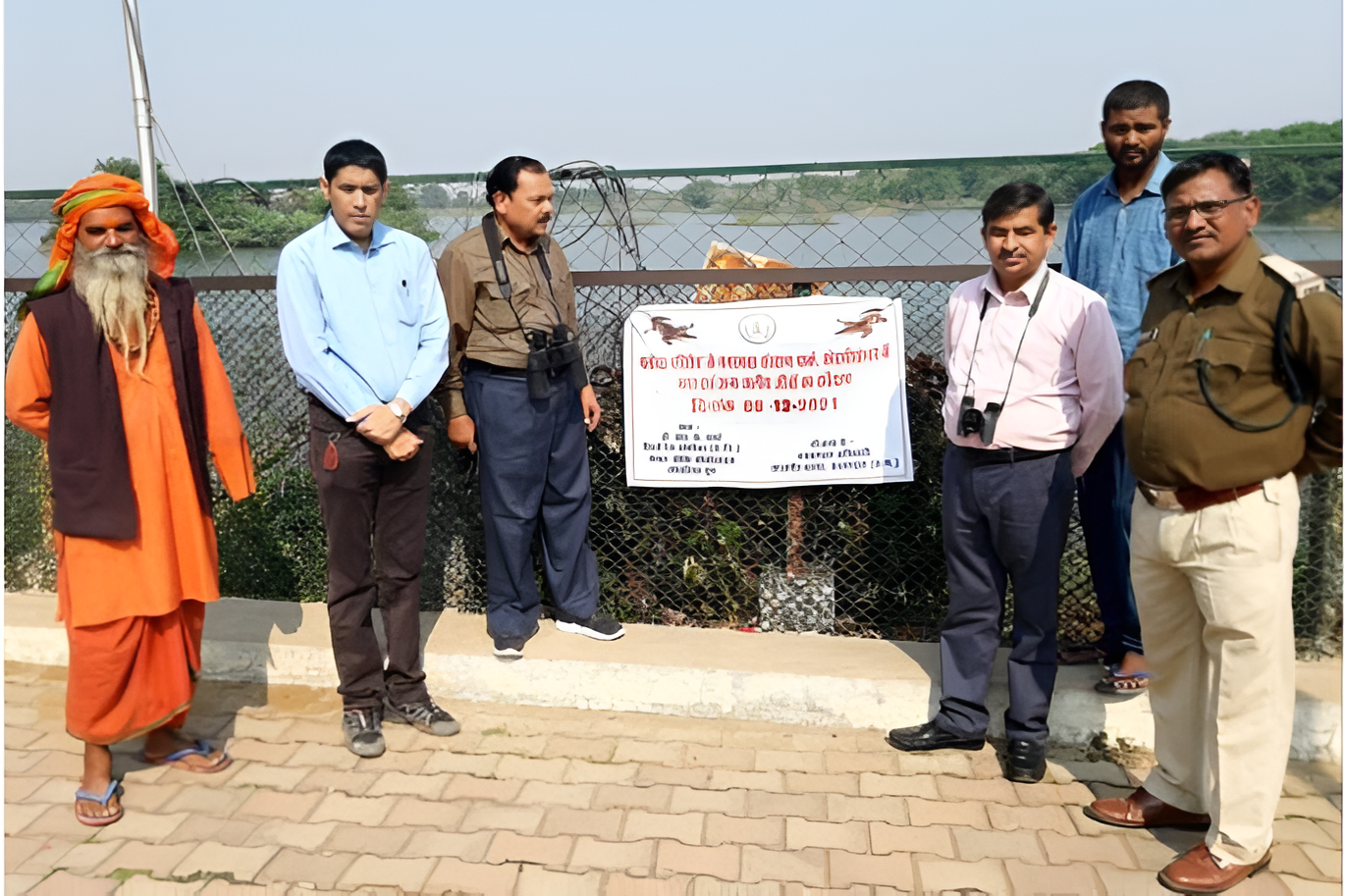
Mugger Biology :
Muggers usually eat fishes, frogs, snakes, crustacean, birds and large mammals. They also eat dead animals found in or near to water and helps in keeping the environment clean. The crocodile plays a vitalecologicalrole as master predator in the aquatic habitats where it lives. Crocodile can swallow food whilst submerged without swallowing water, by the contraction of the muscular flaps around the food. The ears comprise of a flap situated on each side of the head. The flaps can be opened or closed to facilitate hearing. The eyes are well developed. A third transparent eyelid is used as a screen when a crocodile goes under water. The metabolic rate of crocodile is controlled by Its body temperature, as itis an cold blooded animal it basks under the sunlight maintain it’s body temperature into a certain range. This unique system allows a crocodile to lie dormant, reduce its metabolic rate and thus utilize the food and oxygen supply in its body very slowly. The male is larger than the female. Sexes are difficult to determine an early age. Crocodiles have two basic nesting patterns, digging a pit in an exposed sand bank and laying eggs in the bottom of It and building a mould nest of a mixture of mud and vegetation and laying their eggs within it. Muggers lay 20-30 eggs in holes during the dry season (March/April ) about 40-45 days after mating and incubation for typically 65-70 days. It is listed in schedule 1Part II under Wildlife (Protection) act 1972, and it categorized as vulnerable.
Status of Mugger and it’s Behavior :
Out of the three species of crocodile found in India, the most common and widespread is the broad snouted mugger crocodile (Crocodylus palustris).also known as marsh crocodile, which inhabits all kinds of freshwater habitats such as rivers, lakes. reservoirs. hill-streams. village ponds and manmade tanks.
Like all crocodilians, mugger also basks for long hours, is left undisturbed. They bask mostly at the bank of water bodies, rocks and therefore, permit easy vision under general precautions. Basking behavior is very well pronounced during the winter season, and therefore. there is good probability that all animals can be counted in single operation. Under normal conditions, basking sites of mugger do not change and territorial basking behavior in crocodilians form a good clue for census. The Mugger of Marsh Crocodile (Crocodylus Palustris) is resident to freshwater habitats ranging from small village ponds and reservoirs to fast flowing Streams and rivers.
Counting of Crocodiles :
Crocodilians are reptilian but are more aquatic than terrestrials. Basking is very striking behavior of crocodilians as they come out of water to regulate body temperature. Being ectothermic (body temperature dependent on the Surrounding environment), they lose body temperature during the cool hours of the night and come out during the day for basking to gain back the temperature. During the winter month, if left undisturbed, crocodiles spend long hours for basking on the bank of the water bodies or on rocks and Islands. During summer months crocodiles avoid the high temperature of the day and spend much of their time floating or submerged in water.
Signs for Tunnels :
Mugger crocodiles avoid extreme temperatures by entering into tunnels dug by them. These tunnels open into water and have narrow mouth. Height of the mouth may be above 30-QO cm. These may be up to 5 meters deep.
Estimation of Body length from direct sighting :
When the entire body is visible, mention approximate total length from eye-estimation, (2) If only the front part of the body, up to the beginning of the tails visible, it is approximately the snout-vent length (SV) and the total body length is 2SV and (3) If the head (up to the post-occipital scute) is visible in the case of a swimming crocodile, or a just – emerged Mugger, then the total body length (TBL) is about 7 times the head length.
Table-1 Sighting number or Mugger in Kotmi Sonar Crocodile Park:
| Name of Site | Adult (>1.8m) | Subadult (1.2-1.8m) | Juvenile (0.9-1.2m) | Yearling (0.45-0.9m) | Hatchling (<0.45m) | Total |
| Kotmi Sonar Crocodile Park | 88 | 39 | 27 | 12 | 02 | 168 |
Extensive studies have been done in the past in the different rivers of Madhya Pradesh eg. Chambal, Son, Ken Berma & Bamner, Satpura Tiger reserve, for status, population trends, distribution and Nesting ecology. Sharma et al 2013, Sharma 2006. Sharma et.al 1995, Sharma et.al 2018, Sharma et.al 2019, Bustard 1999, Sharma and Singh 2015, Patnaik et.al 2008.
During the present survey all the sighted mugger were counted and marked on the field map sheets. Total length of mugger sighted was estimated and noted. Total numbers of muggers sighted in the survey, in all sizes was round to be 168. The adult population was 88 which was 52.38%, population of sub-adults 39 (23.21%), juvenile 27 (16.07%), Yearlings 12 (7.14%) and Hatchlings 02 (1.19%) from the total population. (Table-1and Fig.2). During the survey few tunnels and holes are visible on mid-islands which was used by mugger for hiding and breeding purposes. Presence of Yearlings and Hatchlings supports brooding evidences thereby indicating a positive trend in the Mugger population in Kotmi Sonar Crocodile Park.
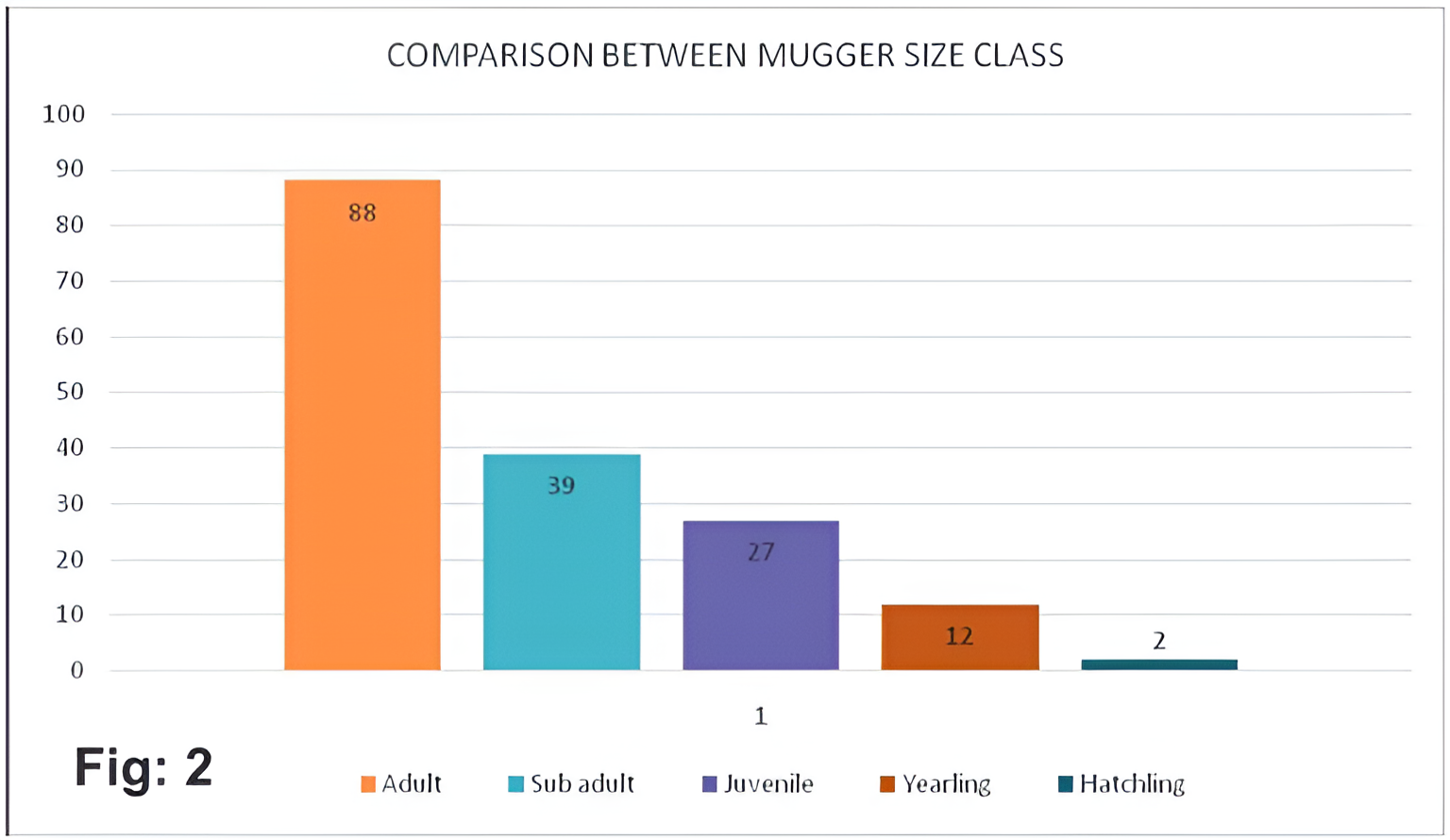
Training Programme :
Training programme was carried out on 11th December 2021 at Kotmi sonar Park in the presence of Shri Sanchit Sharma, Assistant Conservator of Forest Janjigir Champa and Shri Animesh Singh, Range Officer, Forest Range Baloda. A total of 18 participants in the Training Programme including, ACF Range Officer, Foresters, Forest Guards and Daily wages employee. During Training Programme detailed conservation and, Management aspects of Mugger, turtle, birds and butterfly in Kotmisonar Park were thoroughly explained by Dr. R.K. Sharma, Wetland Expert.
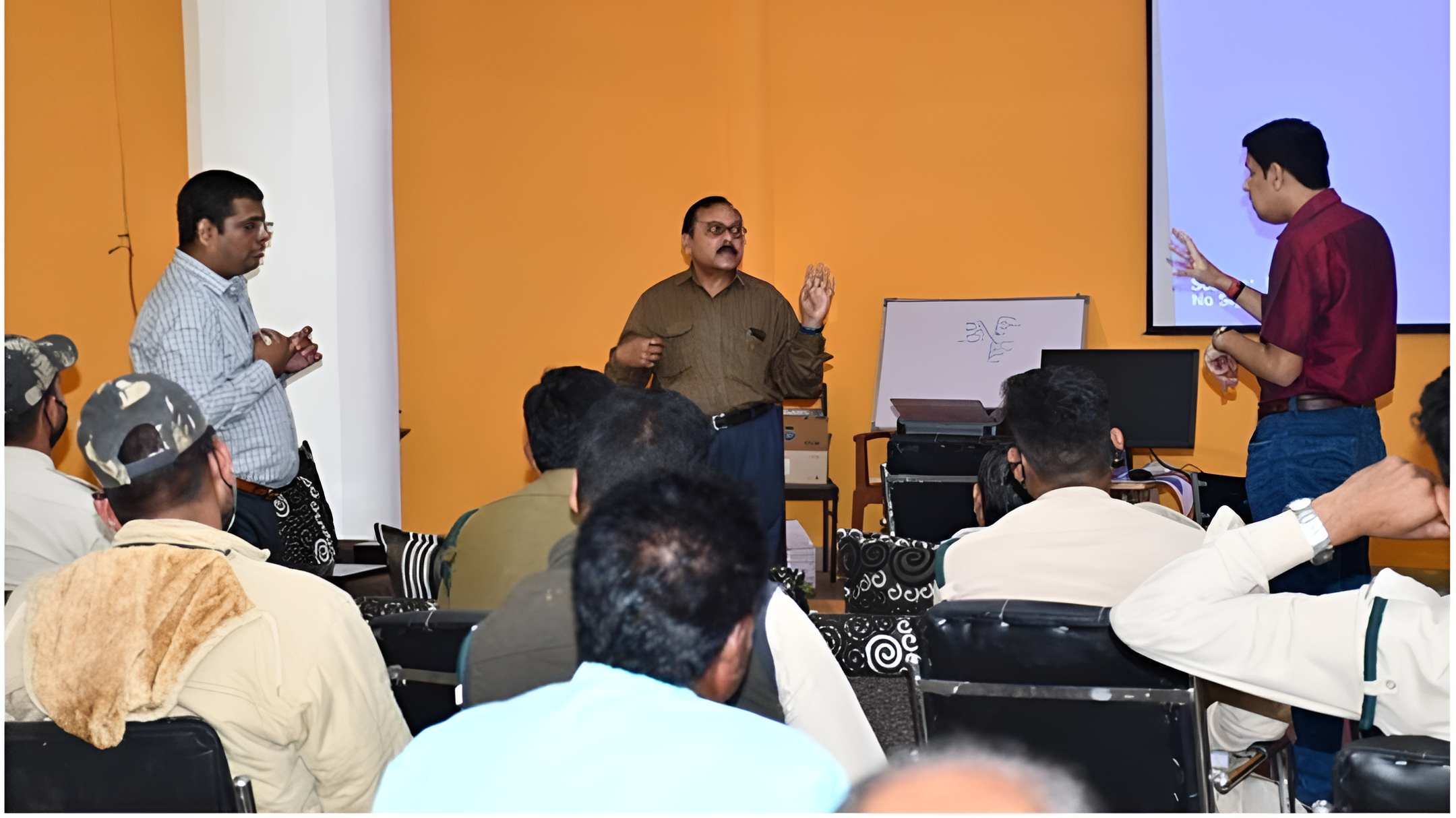
Recommendations :
A community based awareness programme has been proposed to 1naease awareness about aquatic bood1versrty and the importance of freshwater ecosystems as a part or holistic management of the Park. It is proposed to conduct focused education and awareness programmes for target groups (e.g., school/college student, children, Local villagers and electronic media etc.)
Transportation, of rescued muggers for release in the park over long distances should be done carefully. Release boxes should be made essential for comfortable and safe transportation of rescued mugger.
Measurement of rescued mugger should be made before release and adopting an internationally used number coding system (as explained during the training program) to individually mark animals that were re eased in the water bodies of the Park (Pond) or fixed colour tags in tail scute so that if the animals is re-captured in the wild, it can easily be identified.
There is a scarcity of basking and nesting grounds.so the artificially created sandy area by sand filling needs to be developed near the bank as well as the 4 islands in the middle of the water body for proper utlization of basking and nesting of muggers. This should be done away from the areas frequented by the tourists. Muggers can easily adjust for co existence, but they may become fierce during the nesting and nest-guarding time.
The Sand filling at the edge of water for suitable basking & nesting purposes for the crocodiles. This should be done at several places. So that, the muggers have scope to avoid too much of territorial competition.


